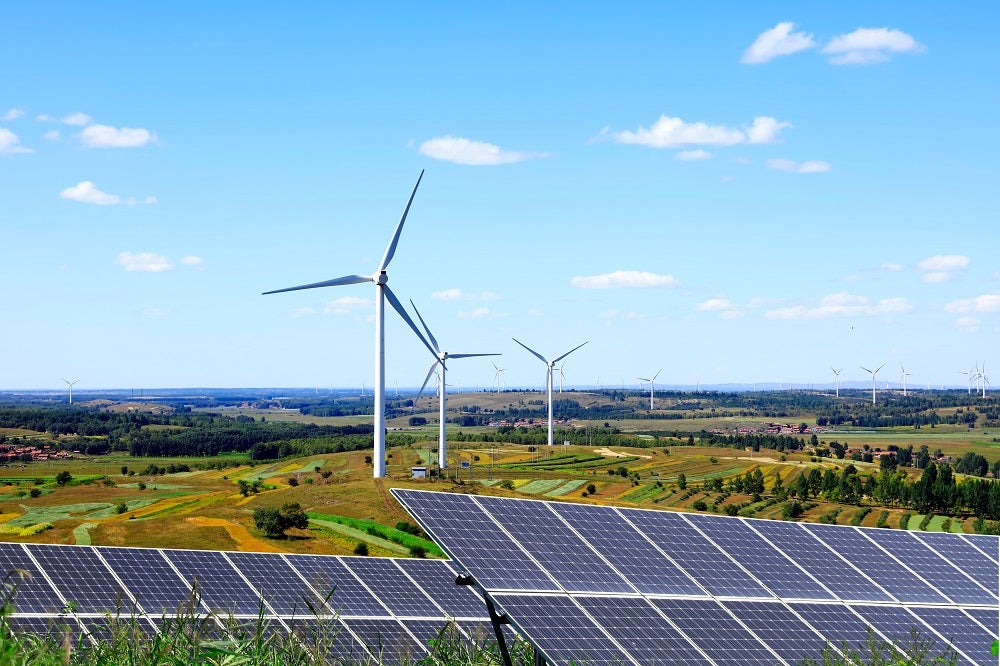
More than 80% of the world’s new electrical capacity added in 2020 was from renewable sources, as the pandemic failed to slow a record year for new clean energy installations.
According to figures from the International Renewable Energy Agency (IRENA), capacity additions to the global renewables fleet reached more than 260 gigawatts (GW) last year, a 10.3% expansion.
Solar and wind technologies accounted for 91% of this annual growth, while fossil fuel installations during the year fell to 60 GW, down from 64 GW a year earlier.
The resilience of clean energy during a hugely disruptive year for the industry marks what IRENA director-general Francesco La Camera hopes will be “the start of the decade of renewables”.
“Costs are falling, clean tech markets are growing and never before have the benefits of the energy transition been so clear,” he said. “This trend is unstoppable, but there is a huge amount to be done.
“Our 1.5-degree outlook shows significant planned energy investments must be redirected to support the transition if we are to achieve 2050 goals. In this critical decade of action, the international community must look to this trend as a source of inspiration to go further.”
China and the US dominate renewable energy growth in 2020
At the height of the health crisis last May, there was an expectation that global disruptions to industry, finance and supply chains would slow the rate of renewable capacity expansion, with the International Energy Agency (IEA) forecasting a decline in growth for the first time in two decades.
But the appetite for renewable projects has since proved resilient despite the upheaval, and the expansion of the fleet in 2020 exceeded that of 2019 by almost 50%, according to IRENA.
By the end of the year, total global renewable generation capacity amounted to 2,799 GW.
The expansion of global wind capacity almost doubled over the 12-month period, from 58 GW in 2019 to 111 GW in 2020, with China and the US continuing to dominate the market.
Offshore projects now comprise around 5% of the global wind power sector.
A further 127 GW of solar capacity was installed during 2020, boosted by strong growth in Asia – particularly China, Vietnam, Japan, India, and South Korea – as well as in the US.
The Chinese and US economies continue to be the strongest drivers of growth worldwide, adding 136 GW and 29 GW to their renewable fleets respectively. These two nations now account for more than half of the world’s installed wind capacity, and are the two top countries for solar power installations.
IRENA added that Africa continued to expand steadily with an increase of 2.6 GW, slightly more than in 2019, while Oceania remained the fastest-growing region (up 18.4%) although its share of global capacity is small and almost all expansion occurred in Australia.






